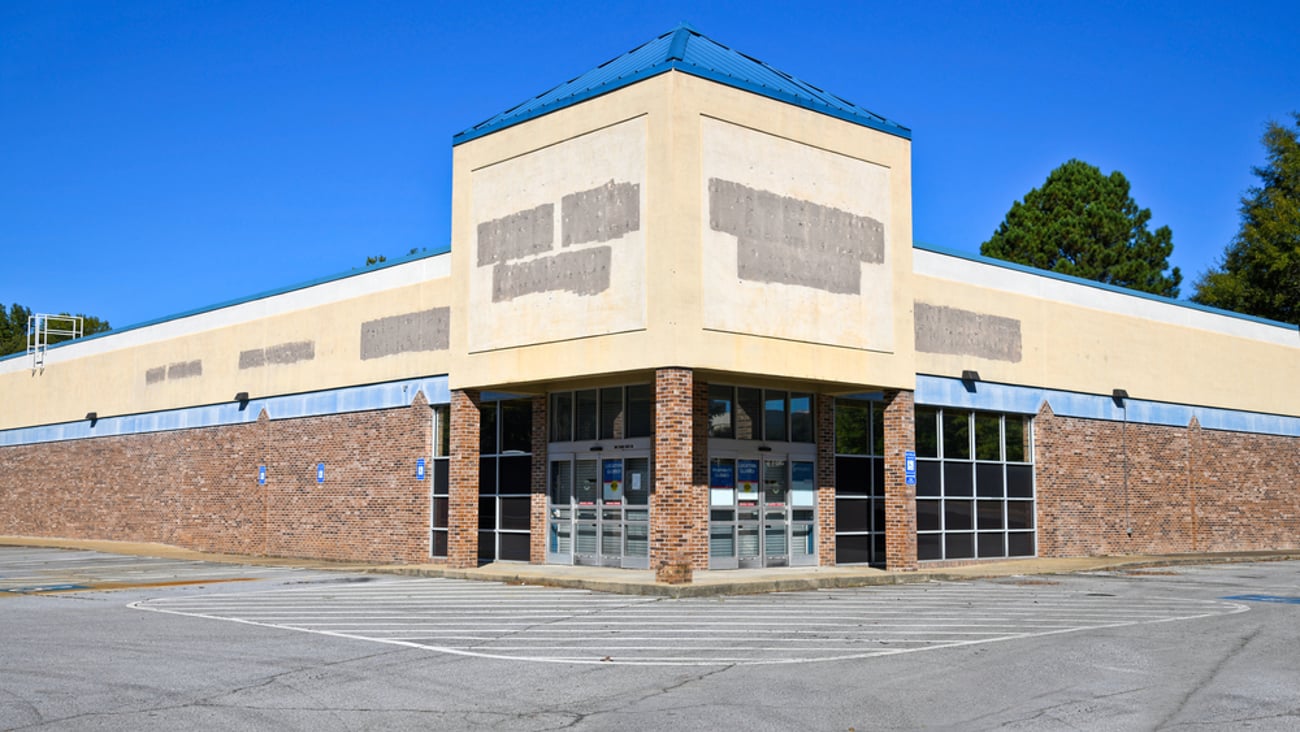Why retailers are embracing fixed CAM costs
It’s been an eventful few years for the retail industry, to put it lightly. While our industry is changing in visible ways in response to post-pandemic pressures and opportunities, there are some lesser reported, but increasingly prevalent, structural changes now buried in the bodies of retail real estate lease agreements.
Both landlords and tenants are increasingly gravitating toward fixed common area maintenance (CAM) payments to resolve what has become a complex, burdensome, and generally frustrating piece of the property management and ownership puzzle: how to calculate a tenant’s share of annual maintenance costs.
Fixed CAM provisions resolve debates and arguments about maintenance costs before they even happen. But to understand how and why fixed CAM is emerging as a simple and appealing solution, we first must examine how we got here.
Long ago, most retail leases were gross leases, with an agreed-upon rental amount owed to the landlord, regardless of how much the landlord might have spent every year for maintenance and other operating expenses. But as time passed, the triple net lease became the standard. In a TNN agreement, the landlord collects a set amount of base rent plus additional amounts to cover the tenant’s proportionate share of real estate taxes, property insurance, and CAM expenses. This was initially seen as a more transparent, equitable approach to ensuring that annual costs were not baked into unreasonably high rents, and that tenants were contributing a fair share toward the cost of expenses that benefitted all parties.
But things changed. The problem with the triple net lease wasn’t necessarily in the concept, but in the execution. While real estate taxes and insurance costs are relatively straightforward and uncontrollable, CAM expenses are more fluid—and usually more controversial—leading tenants to push back against contributing to certain expenses.
While expenses like landscaping, electricity, and trash removal are both clear and relatively consistent, other building maintenance charges can fluctuate significantly from year to year — especially pricier capital expenditures like roof or parking lot replacement. Many tenants maintain, perhaps not unreasonably, that such costs should be the responsibility of the landlord. Management fees and caps on annual increases are also common bones of contention.
As a result of those negotiations, CAM provisions in leases became lengthier and increasingly complicated. Because the provisions usually vary from one location to the next, landlords and tenants are faced with a situation where virtually every lease is unique, so the reconciliation process takes enormous amounts of time and resources.
The whole framework became so complex, so tiresome, and so expensive that landlords and tenants are both now embracing fixed CAM, a structure where both parties agree to eliminate lengthy, contentious negotiations and cut out complex lease language in lieu of an agreed-upon fixed CAM figure: a set amount that increases by a fixed percentage each year.
The appeal of fixed CAM is clear. One party or another may come out “on top” from one year to the next, but fixed CAM agreements ultimately save so much time, money, and headaches that it’s easy to understand why they have proliferated. It’s an encouraging sign that a typically unenjoyable side of the leasing business is moving in a clearer, simpler, and more transparent direction.







